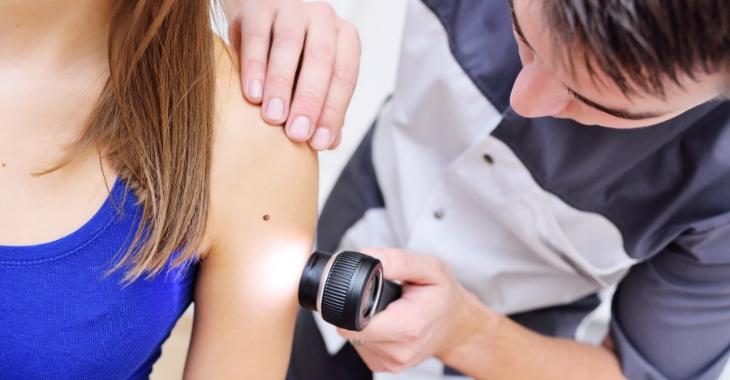5 Benefits of Skin Tightening Treatments
Although skin is a durable organ, time and stress can take their toll on the elasticity of the skin. Many people experiencing loose skin due to weight gain/loss, pregnancy, aging and other factors. This loose skin can make the face and body look older, plus it can make cellulite and stretch marks more noticeable and make the body look less toned. Skin tightening using RF energy and vacuum therapy can address these issues, offering many benefits, including these five:
- Tighten facial skin. Loose skin on the face is one of the first signs of age. It can create sagging jowls, eye bags and loose neck skin. Skin tightening can firm the facial skin, creating a more youthful and energetic appearance.
- Reduce cellulite. Skin tightening can reduce the appearance of cellulite, making the skin smoother and tauter.
- Reducing size. Skin tightening treatments can be used to sculpt the body, reducing size and inches in circumference.
- Tightening loose body skin. After a pregnancy or weight gain and then weight loss, the skin may not bounce back to its former taut state. Flabby skin on the stomach, arms, thighs and other areas can be tightened use procedures such as Viora Reaction™ that improve the elasticity and appearance of the skin.
- Treating stretch marks. Dermatology clinics that use Viora Reaction™ often treat patients for the appearance of stretch marks, making them less visible.
Skin tightening treatments like Viora Reaction™ can help improve the appearance of the skin in ways that diet and exercise cannot do alone. The treatments are quick, usually less than a half hour, and can be performed at a licensed dermatology clinic under the expertise of a professional skin specialist.
Posted on behalf of:
Northwest Georgia Dermatology
840 Church Street
Marietta, GA 30060
(770) 426-7177
The information provided on this website, including text, graphics, images, and other materials, is intended solely for informational purposes and should not be used as a substitute for professional medical advice, diagnosis, or treatment.

)